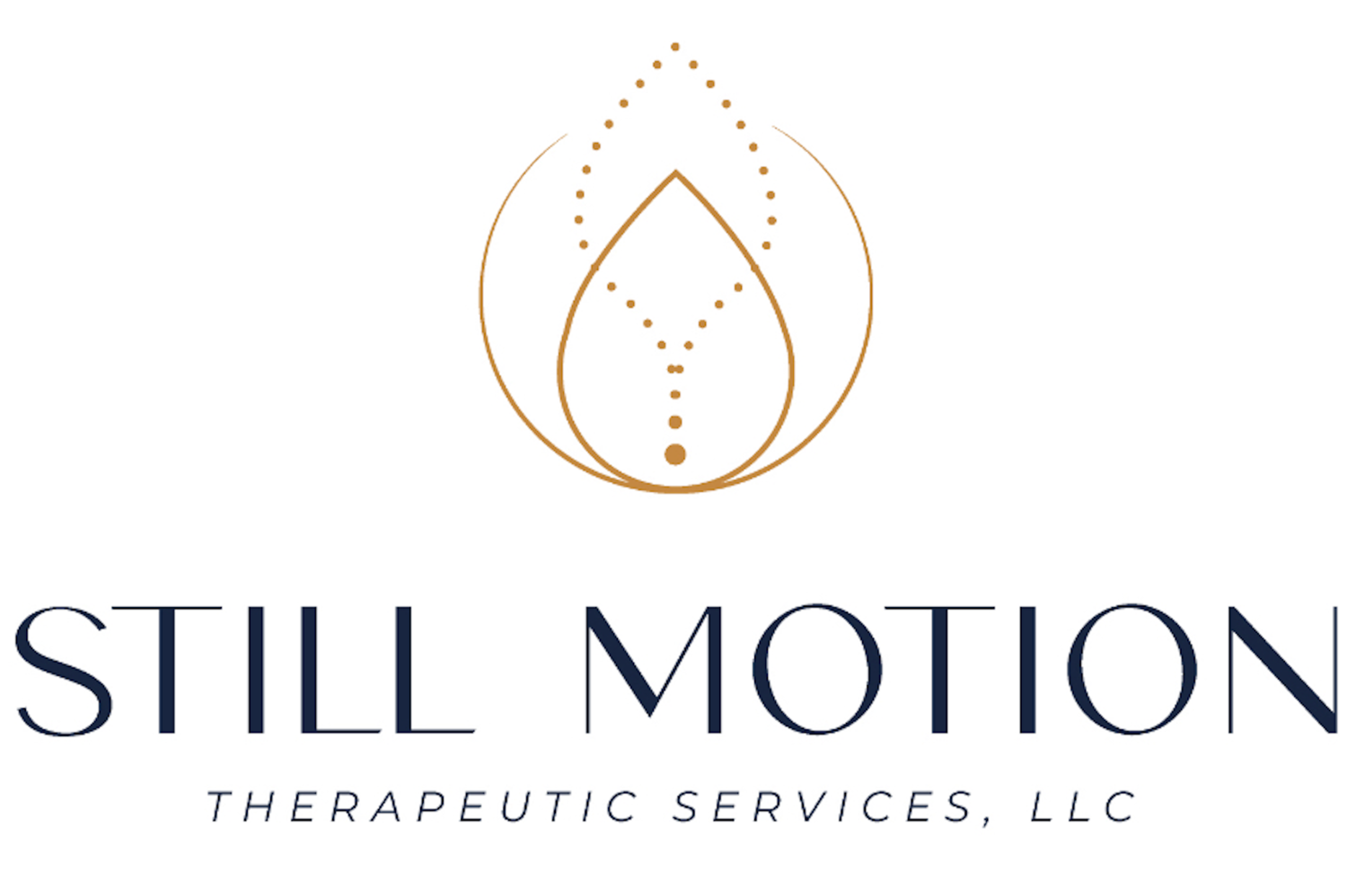Harnessing the Mind-Body Connection to Improve Anxiety and Depression
/In today’s fast-paced world, anxiety and depression have become some of the most common mental health struggles people face. While many treatment options exist — from therapy and medication to lifestyle changes — an often-overlooked yet incredibly powerful tool for healing is the mind-body connection. The relationship between the mind and the body is a two-way street, and understanding how to harness it can lead to profound improvements in mental health, particularly for those dealing with anxiety and depression.
This blog will explore how the mind-body connection works and how cultivating awareness of this connection can help alleviate symptoms of anxiety and depression.
Understanding the Mind-Body Connection
The mind and body are intricately linked, influencing each other in both obvious and subtle ways. This connection refers to the idea that your mental and emotional states can affect your physical well-being, and vice versa. For example, feelings of stress or anxiety can trigger physical responses in the body, such as increased heart rate, muscle tension, or shallow breathing. Conversely, the state of your body — whether it’s tense, tired, or well-rested — can directly impact your mental and emotional state.
In the context of anxiety and depression, this connection becomes even more crucial. Both mental health conditions often manifest in physical symptoms, like fatigue, muscle aches, difficulty sleeping, and gastrointestinal issues. By recognizing and addressing the physical aspects of mental health, we can start to break the cycle of chronic anxiety or depression.
The Role of the Nervous System
At the core of the mind-body connection is the nervous system, specifically the autonomic nervous system (ANS), which regulates unconscious functions like heart rate, digestion, and breathing. The ANS has two main branches:
Sympathetic Nervous System (SNS): Known as the "fight or flight" system, it prepares the body to respond to stress. It increases heart rate, elevates blood pressure, and increases respiration. Chronic activation of the SNS, often seen in anxiety, can lead to physical and emotional exhaustion.
Parasympathetic Nervous System (PNS): The "rest and digest" system calms the body down after stress. It lowers heart rate, reduces blood pressure, and promotes relaxation and healing.
When dealing with anxiety and depression, the body is often stuck in a prolonged sympathetic nervous system state — constantly alert, tense, and on edge. Learning how to activate the parasympathetic nervous system through mind-body techniques can promote relaxation, reduce stress, and foster a sense of calm.
Mind-Body Techniques to Combat Anxiety and Depression
Here are several effective techniques that utilize the mind-body connection to reduce symptoms of anxiety and depression:
1. Deep Breathing Exercises
Breathing techniques are a simple yet powerful way to activate the parasympathetic nervous system. When we’re anxious, our breathing becomes shallow and quick. Deep breathing, however, signals the brain to calm down and relax.
How it works: Slow, deep breaths send a signal to the brain that everything is okay, reducing the production of stress hormones (like cortisol) and allowing the body to enter a state of relaxation.
Technique: Try the 4-7-8 method: Inhale for 4 counts, hold for 7 counts, and exhale for 8 counts. Repeat for several rounds.
By practicing deep breathing regularly, you can reduce both the physical and emotional symptoms of anxiety and depression, helping to bring your nervous system back into balance.
2. Meditation and Mindfulness
Both meditation and mindfulness focus on cultivating awareness of the present moment, which can break the cycle of rumination that exacerbates anxiety and depression. These practices help train the mind to observe thoughts and feelings without becoming overwhelmed by them.
How it works: Meditation helps quiet the mind, while mindfulness brings attention to the body’s sensations and helps interrupt negative thought patterns that fuel anxiety and depression.
Technique: Start by sitting comfortably and focusing on your breath. Whenever your mind starts to wander, gently bring it back to your breath or to the sensations in your body. Even 5-10 minutes a day can make a difference over time.
By grounding yourself in the present moment and paying attention to your physical sensations, you can shift your focus away from anxious thoughts or depressive rumination.
3. Progressive Muscle Relaxation (PMR)
Progressive Muscle Relaxation (PMR) is a technique that involves tensing and then releasing muscle groups in a specific sequence. It is effective in helping individuals become aware of areas of tension in their body, which is common in both anxiety and depression.
How it works: By systematically tensing and relaxing muscle groups, PMR helps activate the parasympathetic nervous system and promotes deep relaxation. This can help release pent-up stress and reduce physical symptoms of anxiety.
Technique: Start at your feet and work your way up, tensing each muscle group for 5-10 seconds before releasing. Focus on the sensation of relaxation as you release the tension.
This technique helps you connect with your body’s physical state and can lead to an improved sense of calm and clarity.
4. Exercise and Movement
Physical movement is one of the most effective ways to improve both physical and mental health. Exercise releases endorphins, the body’s natural mood elevators, and provides a natural outlet for built-up tension and stress.
How it works: Exercise reduces cortisol levels, improves sleep, and boosts serotonin, a neurotransmitter that plays a key role in regulating mood. For those with anxiety and depression, regular physical activity can be as effective as medication for improving symptoms.
Technique: Try walking, yoga, swimming, or dancing — anything that gets your body moving and your heart rate up. Even just 30 minutes of exercise a few times a week can make a significant difference.
Exercise not only improves physical health but also provides a mental "reset" and can help interrupt negative thinking patterns.
5. Yoga and Tai Chi
Yoga and Tai Chi combine mindful movement, breathing techniques, and meditation to promote relaxation, balance, and body awareness. These practices help cultivate a deep sense of mind-body connection, which is especially helpful in managing anxiety and depression.
How it works: Both practices integrate breathing, movement, and meditation to calm the nervous system, reduce muscle tension, and promote mental clarity.
Technique: Many people find that a regular yoga or Tai Chi practice can create a sense of peace and relaxation, both physically and mentally. These practices also promote mindfulness and help you reconnect with your body.
Yoga, in particular, has been shown to be highly effective in reducing symptoms of anxiety and depression, especially when practiced regularly.
6. Body Scan Meditation
A Body Scan Meditation is a type of mindfulness practice where you focus on each part of your body, noticing any sensations of tension or discomfort. This practice encourages you to develop awareness of where stress or anxiety is physically stored in the body.
How it works: By scanning your body for tension and consciously releasing it, you create a sense of relaxation and calm. This practice is particularly helpful for those who carry stress in their muscles or suffer from physical symptoms of anxiety.
Technique: Lie down in a comfortable position and bring attention to your feet. Slowly move your focus upward, paying attention to each body part. As you focus, breathe deeply and release any tension you find.
This technique not only helps you relax but also gives you an opportunity to address and release stress stored in your body.
7. Nutrition and Hydration
The food we eat can influence our brain chemistry and emotional well-being. Studies have shown that certain foods can either exacerbate or alleviate symptoms of anxiety and depression.
How it works: A balanced diet rich in whole foods, vitamins, and minerals can improve brain function and emotional regulation. Certain nutrients like omega-3 fatty acids, magnesium, and B-vitamins are particularly important for mental health.
Technique: Focus on a diet high in leafy greens, whole grains, lean protein, and healthy fats. Stay hydrated by drinking plenty of water throughout the day.
Nutrition plays a crucial role in maintaining both physical and mental health, and by fueling your body with the right nutrients, you can improve mood and energy levels.
Final Thoughts: Embracing the Mind-Body Connection for Healing
The mind and body are intimately connected, and understanding this relationship can offer powerful tools to combat anxiety and depression. By incorporating practices that strengthen the mind-body connection — such as mindfulness, deep breathing, exercise, and nutrition — you can foster emotional balance, reduce stress, and improve your overall well-being.
The key is to remember that healing is a process. Be gentle with yourself, experiment with different techniques, and find what works best for your unique needs. Embracing the mind-body connection not only alleviates the symptoms of anxiety and depression but also empowers you to live a more balanced, connected, and peaceful life.

